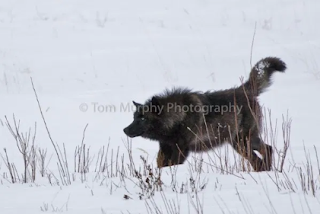https://www.tmurphywild.com/
Tom Murphy is a wildlife photographer based out of Livingston, Montana. His photography focus is in Yellowstone National park, where he will also lead photography trips and expeditions for others with his company, Wilderness Photography Expeditions. He has donated his work to conservation groups and efforts, as well as the park, were most of it can be see in the Old Faithful Visitors Center. He has been featured in a PBS documentary, Christmas in Yellowstone, which is broadcast every Christmas. He has published seven books on the seasons of Yellowstone that focus on the life within the park.
Besides photography, Tom serves on the Yellowstone Park Foundation board, Park City Environmental Council, and does lectures and talks to promote conservation and raise awareness on environmental issues.
He has three categories of photos on his website: Abstract, Landscape, and Wildlife. There is a sample from each category in order below.
Filaments of Red Bacteria
https://www.tmurphywild.com/product/filaments-of-red-bacteria/
Full Moon Setting Over Ridge and Clouds
https://www.tmurphywild.com/product/full-moon-setting-over-ridge-and-clouds/
Druid Pack Wolf Yearling
https://www.tmurphywild.com/product/druid-pack-wolf-yearling/











